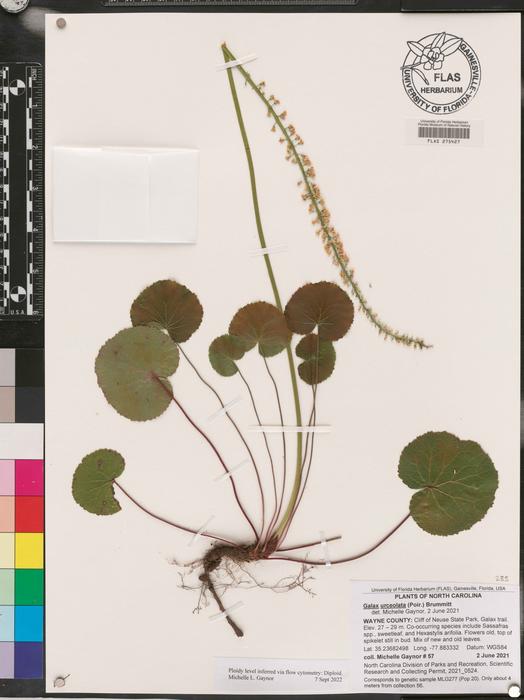About 3.7 billion years ago, life’s earliest building blocks began assembling in ways that would eventually give rise to the staggering biodiversity we observe today. Central to this grand history are amino acids, simple organic molecules also discovered in meteorites and, recently, in the stellar nurseries near the center of our Milky Way. These molecules, under the right conditions and catalyzed by naturally abundant elements, initiated self-replicating processes that gradually evolved into complex life forms. From these humble beginnings, evolution has shaped an unending array of organisms, a process famously elucidated by Charles Darwin’s theory of natural selection. Darwin reasoned that isolated populations from the same species, given enough time, diverge through accumulated genetic differences, ultimately leading to the emergence of distinct new species.
Yet, while traditional speciation can take millennia to unfold, nature occasionally accelerates this process through mechanisms like hybridization. Hybrid species emerge when two distinct populations interbreed, but this process often faces genetic complications such as introgression, and still typically spans hundreds of years before stable new species establish themselves. An even more rapid path to speciation exists in many plant species through a remarkable phenomenon called autopolyploidy. Here, the entire genome of a plant duplicates, instantaneously doubling its chromosome number, which can yield novel genetic diversity and reproductive isolation within a single generation.
Autopolyploidy occurs when reproductive cells fail to halve their chromosome number during meiosis, resulting in gametes with double the usual genetic content. When such gametes fuse during fertilization, the offspring inherit two identical chromosome sets, rendering them autonomously polyploid. These autopolyploid individuals can often self-propagate or mate with similar polyploids, but when crossed with diploid ancestors, the mismatched chromosome numbers typically result in infertile offspring. For decades, scientists considered autopolyploidy a rare and evolutionary dead-end, assuming duplicated chromosome complements hindered the survival and coexistence of new lineages.
A compelling example of this intriguing dynamic is found in beetleweed (Galax urceolata), a modest forest understory plant native to the Appalachian Mountains. Unlike most species, beetleweed exhibits not just two but three distinct cytotypes—sets of chromosomes varying in ploidy level—coexisting within overlapping ranges. This startling discovery piqued the interest of evolutionary biologist Shelly Gaynor during her doctoral research at the University of Florida. Gaynor’s fieldwork uncovered striking populations where diploid, tetraploid, and hexaploid individuals intermixed, challenging existing assumptions about competitive exclusion and speciation.
Gaynor’s study harnessed advanced demographic and environmental stochastic modeling to interrogate the conditions underpinning long-term coexistence among these mixed-ploidy populations. Rather than one cytotype outcompeting the others to local extinction, her results suggest intricate ecological and demographic factors facilitate stable multispecies assemblages. These include variable reproductive success, fluctuating environmental pressures, and spatial heterogeneity, all of which create niches accommodating different cytotypes. The implications of these findings resonate broadly, informing our understanding of how chromosomal duplication influences plant diversification and adaptation in dynamic ecosystems.
Coauthors Nicholas Kortessis and José Miguel Ponciano from the University of Florida, alongside Douglas and Pamela Soltis of the Florida Museum of Natural History, contributed valuable expertise in population genetics and plant evolutionary biology. Together, they offer a theoretical framework explaining how mixed-ploidy populations maintain stability despite potential reproductive barriers. This model provides a fresh perspective on polyploid speciation, highlighting demographic randomness and environmental variability as critical factors shaping the evolutionary trajectories of autopolyploid species.
Beyond beetleweed, these insights extend to numerous other plant taxa where autopolyploidy plays a significant role in generating biodiversity. Polyploidy has been implicated in the origin of many agricultural crops and wild species, suggesting that chromosome doubling events are not just evolutionary curiosities but practical mechanisms driving diversification. Understanding the interplay between genetics, ecology, and population dynamics in mixed-ploidy populations sheds light on how species boundaries are formed, blurred, or maintained in nature.
This study, published in the journal The American Naturalist, represents a milestone in theoretical evolutionary biology and plant sciences. Its rigorous mathematical modeling combined with empirical field observations bridges gaps in knowledge about genome evolution, species coexistence, and the speed of natural diversification. The findings remind us that evolution is not always a slow and steady march but can involve sudden genetic shifts creating complex community interactions.
For those captivated by the subtleties of evolutionary processes and genetic innovation, examining the persistence of mixed-ploidy populations in plants opens new avenues for research. It challenges the dogma of speciation, prompts reassessment of biodiversity patterns, and inspires renewed exploration of how life’s blueprints can be rewritten on remarkably short timescales. As researchers continue probing autopolyploidy’s ecological and evolutionary consequences, they illuminate pathways by which life continually reinvents itself amid the ever-changing canvas of Earth’s environments.
To dive deeper into this fascinating work, explore the full article titled “Dynamics of Mixed-Ploidy Populations under Demographic and Environmental Stochasticities” on The American Naturalist website.
Subject of Research: Dynamics and coexistence of mixed-ploidy populations in plants, focusing on autopolyploidy and its evolutionary implications.
Article Title: Dynamics of Mixed-Ploidy Populations under Demographic and Environmental Stochasticities
News Publication Date: 18-Feb-2025
Web References:
DOI link to the study
American Naturalist new papers
Image Credits: University of Florida herbarium
Keywords: Evolution, Plants, Natural history, Polyploids, Chromosomes, Plant sciences
Tags: accelerated evolution in natureamino acids and biodiversityautopolyploidy in plantsevolution of complex life formsgenetic differences in isolated populationshybridization in speciationmechanisms of rapid speciationmeteorites and organic moleculesnatural selection and species divergenceorigins of life on Earthplant genetics and adaptationrare plant species





